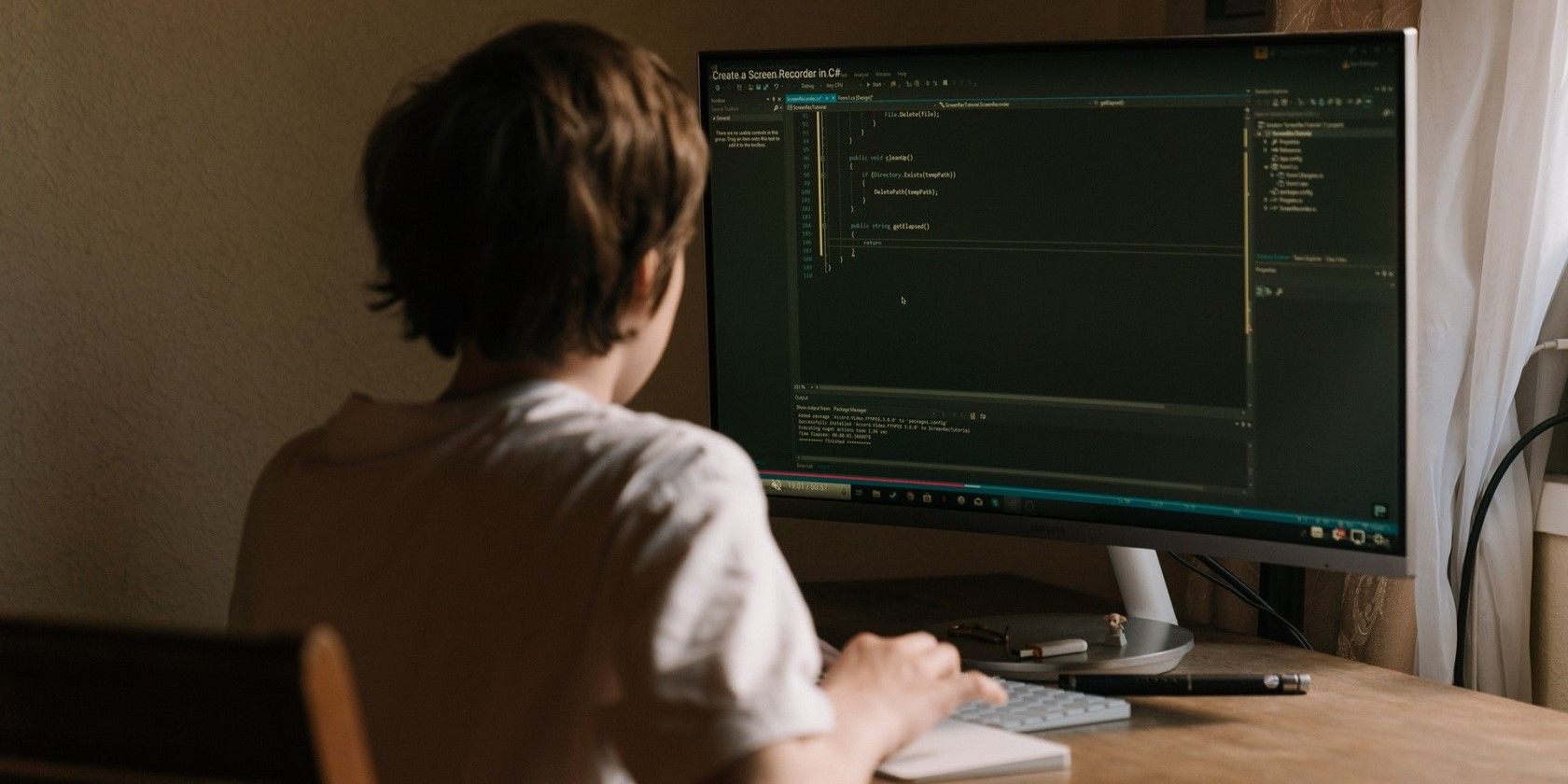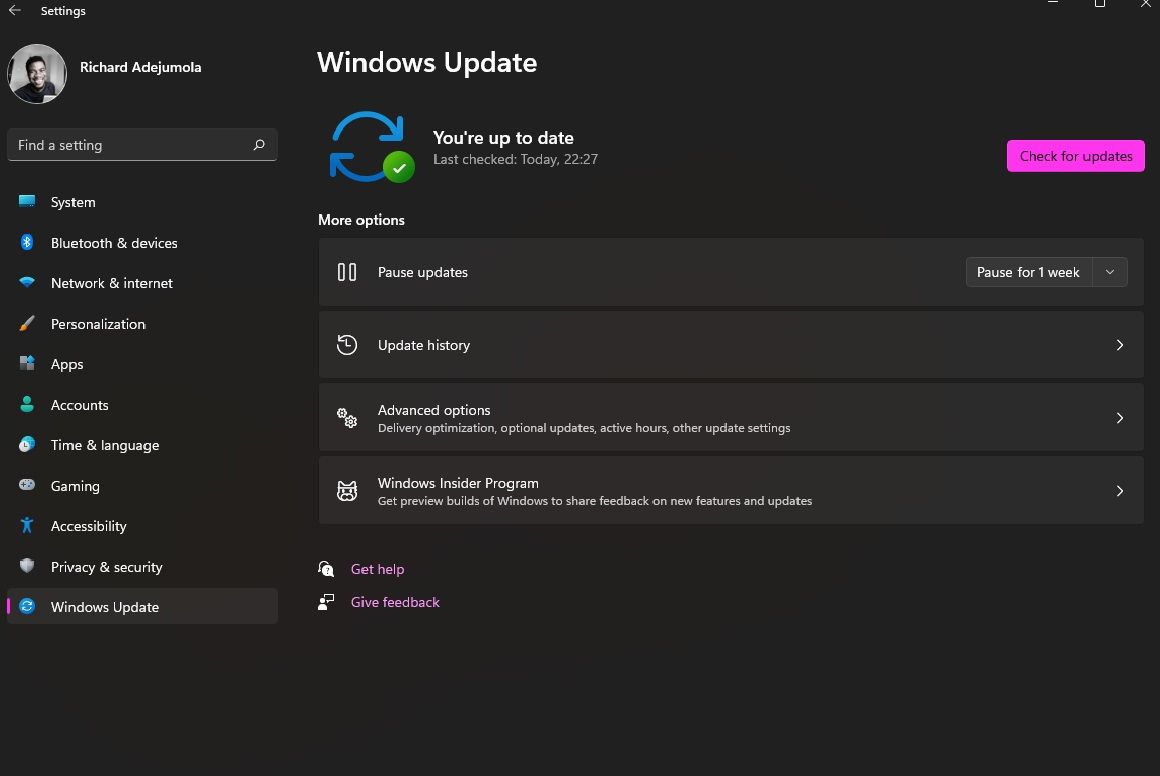Developers and companies that make the apps or programs you use on your smartphone or computer release two main types of updates: non-security and security updates. Non-security updates give you an overall smoother user experience.
Sometimes, you feel the difference in speed, a change in design, or stability. Other times, you don’t. Security updates have this too, but getting them is necessary to keep you safe from threats and vulnerability on the web.
What Are Security Updates?
Security updates are fixes that squash bugs and close loopholes that hackers can exploit in software (or even hardware). To put it into perspective, you can think of updates as fixing a faulty door or changing your locks when you realize anyone with the right key can now jimmy that particular lock model.
What's the Difference Between Security Patches and Updates?
The first thing to understand is that all patches are updates, but not all updates are patches.
Security patches generally fix specific problems or vulnerabilities in the software architecture. Think of it as literally patching a favorite shirt instead of buying a new one. It’s not exactly going to be ideal, but it works. As such, security patches are lightweight and small, especially when it comes to computer drivers.
On the other hand, security updates are much larger and upgrade the overall software architecture. So, instead of patching the shirt, you buy some material and replace that side of the shirt. However, because updates are such major changes, they may introduce new bugs that’ll require other patches or even an entire update. It’s like finding out that some holes on the side of the shirt you replaced are too small to fit their corresponding buttons.
So, software updates are much larger, and there is more room for error. For example, a Microsoft Office security update broke Access as described in this Microsoft Answers thread. Despite the occasional blunders, it is important to get your software up to date, especially factoring in security updates.
Why It's Important to Install Security Updates
For most people, installing security updates doesn’t evoke a feeling of urgency because there’s no newness to it. Also, it is possible to carry on using the app without installing the update. So, it’s easy to click “remind me later.”
Delaying updates is a bad idea: there are plenty of reasons you need to install security updates quickly.
For one, delaying security updates can make you an easy target for hackers, especially if you often use public Wi-Fi. There’s also the issue of zero-day vulnerabilities: a flaw nobody knew about until something bad happens.
Besides, once a company releases an update, everyone on the web knows what is wrong. More importantly, anyone with the motivation and tools would figure out how to exploit that vulnerability. So, imagine your house is the only one on the street with an old lock. You may wake up one day and discover everything you own has been stolen.
Software You Should Always Keep Updated
Whether you are a casual or power user of technology, you should keep the following software updated for your cybersecurity:
1. Microsoft Windows
There are more than 1.4 billion monthly active devices running Windows 10 or Windows 11, so the OS is a big target for hackers. You can update your Windows 11 by following these prompts: Start > Settings > Windows Update > Check for updates.
This step is slightly different for Windows 10. Your steps will be: Start > Settings > Update & Security > Windows update.
You can skip these steps with the search menu shortcut: press or click Windows and type “Windows Update” in the search bar. Click on the best match in the search results.
You should also check your drivers for updates.
2. Android
Android gets one major update every year (when the new version comes out). But users must get all the necessary security updates between each version.
Your phone will send you a notification once it requires an update, but it’s easy to swipe the notification away. It’s also easy to miss an update, as most devices download updates over Wi-Fi instead of regular mobile data.
The process of checking for updates differs from device to device. Most devices tuck the update panel away in Settings > System > System Update. Your device may work this way: Settings > Security > Security Update.
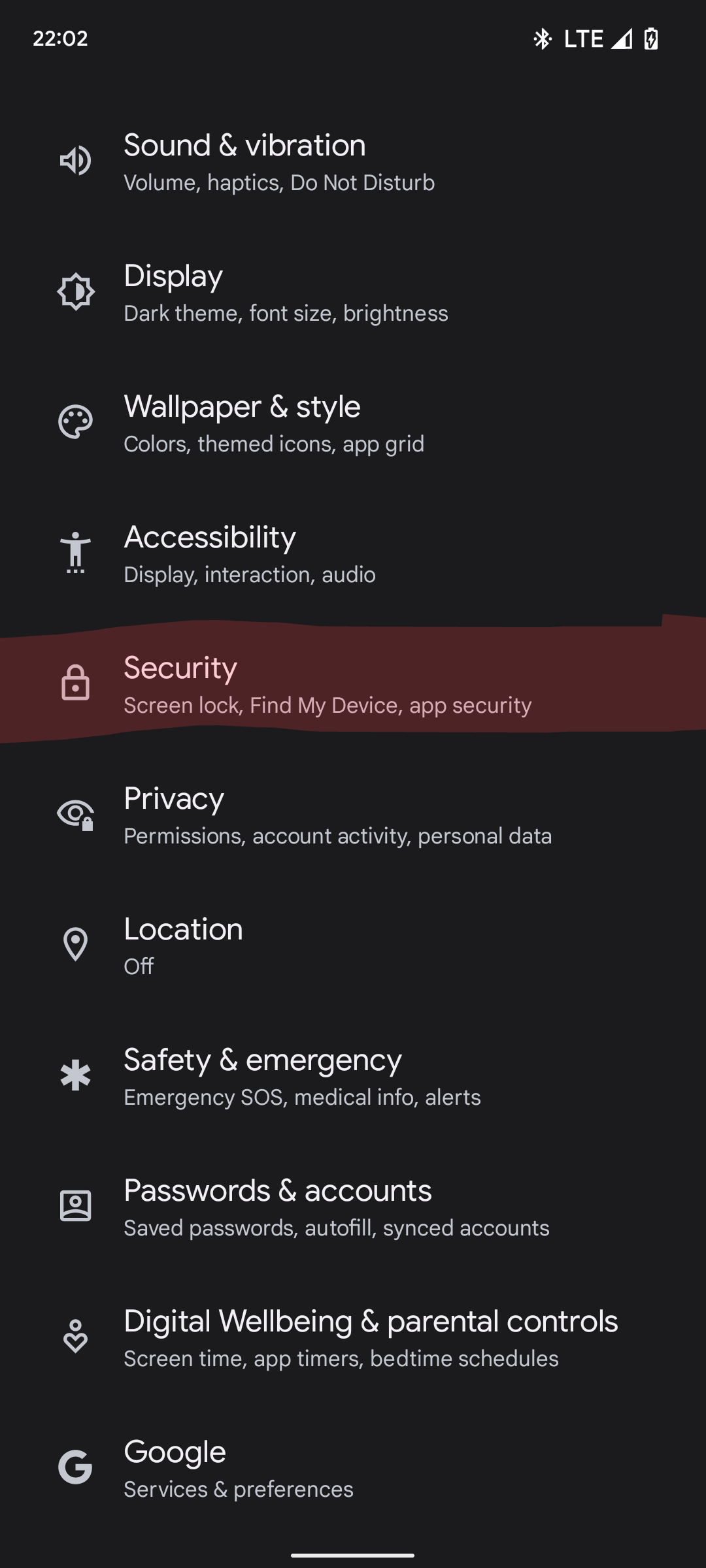
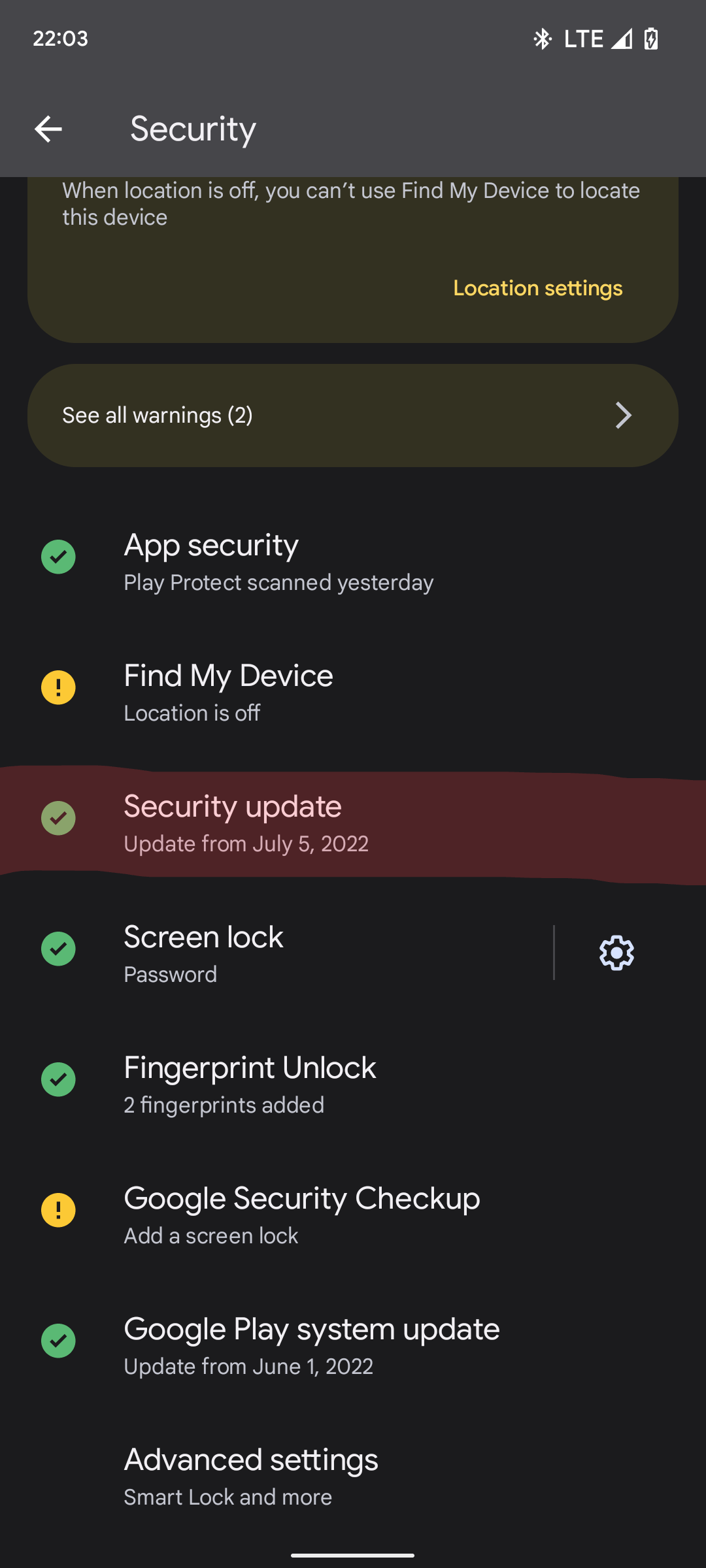
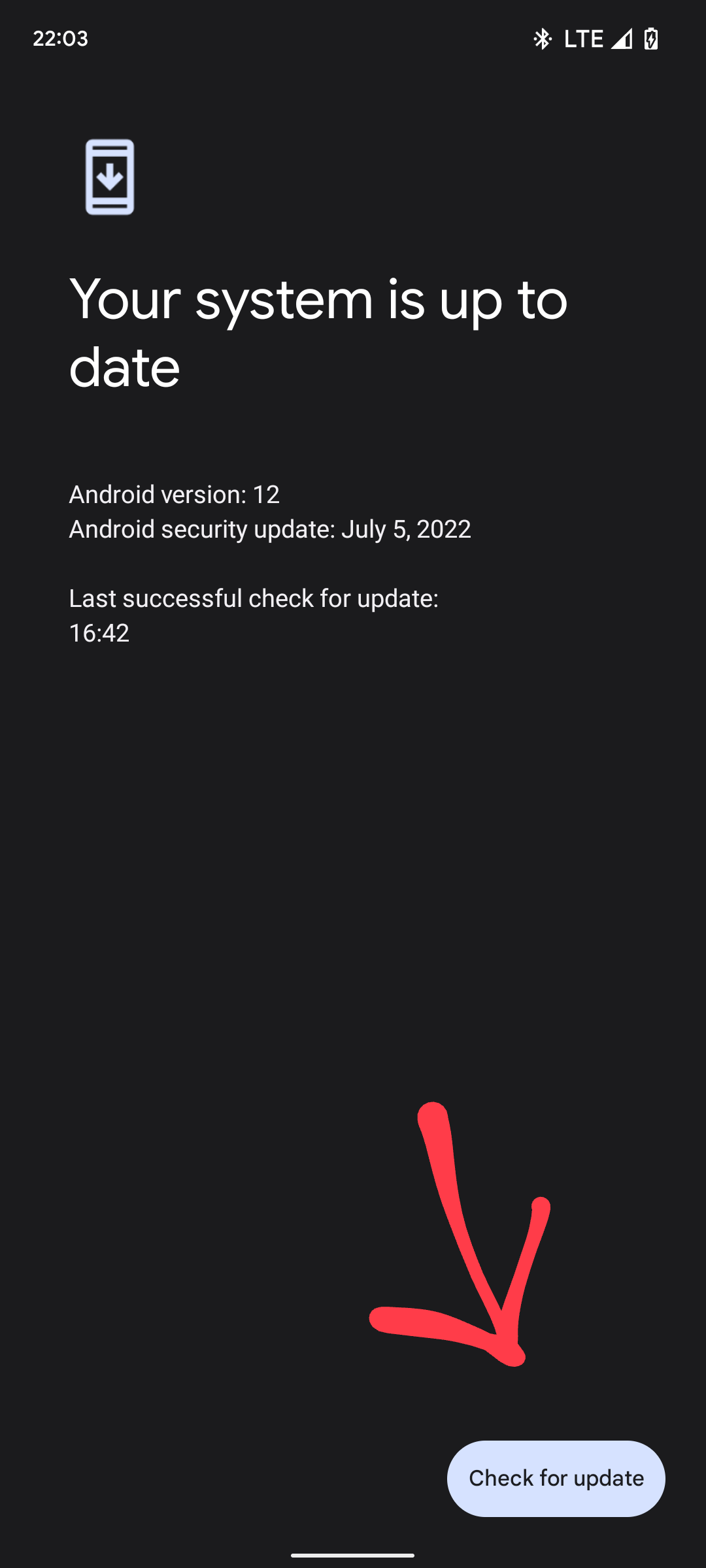
That said, it is important to know that phone manufacturers typically provide security updates for four years after releasing a device. So, if your phone is more than four years old, consider changing the device, even if it works fine, because for security reasons, you shouldn’t use an outdated smartphone.
3. macOS and iOS
Apple has closed ecosystems that hoist the banner of privacy and security heads and shoulders above other companies. However, this doesn’t mean that they are invincible. Indeed, elite hackers can still scale the wall, as shown by MIT Technology Review. That's why it's important you know how to update everything on your iPhone, from iOS to backup for valuable data. Meanwhile, you should also know how to update your Mac to the latest version available.
4. Adobe Creative Cloud
You’re a busy creative, no doubt. But imagine what it would mean to lose your work. Adobe regularly releases updates for its creative products, and you will find important information for each product on the Adobe security bulletin page.
Generally, the program you use will notify you when an update is available. But it is easy to delay (and forget) updating when you’re six hours into animating visual elements in After Effects. You don’t have to manage your program one by one when you have Adobe Creative Cloud on your Windows or Mac.
5. Game Consoles
You can update your Xbox through Profile & system > Settings > System > Updates. Downloading security updates for your gaming console, controllers, and accessories seems minor because it doesn’t (always) affect gameplay.
After all, we don’t often hear about consoles getting hacked, but there are user reports on the Microsoft Community—although not in the real sense of getting hacked. Most hacks happen because users' accounts get compromised through phishing.
6. Antivirus Software
Antiviruses keep your devices safe from malware. Windows Defender is the first line of defense for many computers. If you have other antiviruses installed on your computer, you’ll need to update them.
7. VPNs
VPNs are the heralded heroes of anonymous browsing and online privacy. You can use them to bypass blocked sites and watch Netflix shows available in other countries. But you can also bet sites and streaming platforms work to outwit VPNs. So you’ll need to stay updated to enjoy online privacy.
You can update your VPN through app updates on Google Play Store, Apple App Store, iTunes, or Microsoft Store. If your VPN is not on these platforms, visit the VPN’s official website and download the latest version.
Everything Is Connected
A vulnerability in a phone app or computer program can give hackers the window they need to sneak in and plunder your sensitive data or even finances. Companies that make software and hardware will continually release security updates or patches to keep you safe. Staying updated across the board can help keep you secure.

